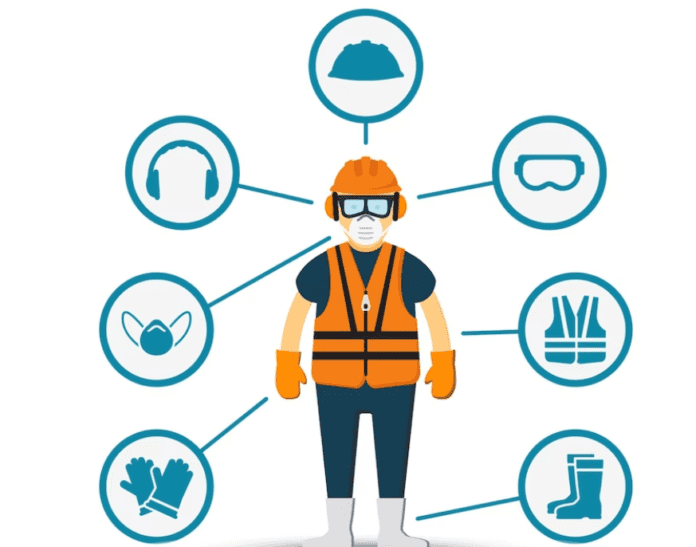Starting a business is an exciting yet daunting journey. It requires tremendous hard work, commitment and passion to succeed. Before starting, you must take the time to understand employee safety rules and regulations – which many entrepreneurs overlook when planning their businesses.
Employee safety not only ensures the physical well-being of your workers but also protects your company from costly fines or legal action if there are ever any accidents or injuries at the workplace. In this blog post, we’ll explore why studying these regulations before getting started is essential for both your business’s short-term success and long-term sustainability.
The importance of understanding employee safety regulations
Employee safety is a top priority for any responsible business. It is crucial for employers to maintain a safe working environment and to understand the principles of COSHH in the UK. These regulations aim to protect employees from harmful substances they may encounter while on the job. Employers need to educate themselves and their employees on the risks and dangers involved in their field of work.
Understanding and implementing these guidelines can help prevent accidents in the workplace and create a safer and more productive environment for everyone involved. It is not just a legal obligation but also a moral and ethical responsibility to ensure the safety and well-being of employees.
What are the main rules and regulations for employee safety in your industry/country/state?
Ensuring employee safety has become paramount as the business landscape continues to evolve. In the United States, the Occupational Safety and Health Administration (OSHA) is responsible for setting and enforcing workplace safety standards. For instance, OSHA mandates regular inspections of workplaces, along with safety education programs that aim to equip employees with the knowledge and skills necessary for staying safe while on the job.
Additionally, employers are required by law to report work-related accidents, deaths, and illnesses to OSHA within a specified timeframe. These rules and regulations are designed to keep employees safe and protected while at work. Companies must stay compliant with these regulations to avoid legal repercussions.
How to create a safe workplace environment
Creating a safe workplace environment should be a top priority for any employer. Unfortunately, accidents and injuries can still occur, even with the best safety measures in place. That’s why it’s essential to constantly evaluate and improve safety procedures and policies to ensure the well-being of employees.
This includes providing proper training and equipment, encouraging open communication about hazards, and regularly inspecting the workplace for potential risks. When employees feel safe, they are more productive and likely to remain loyal to their employer. Employers can protect their teams and improve their business’s success by investing in workplace safety.
Best practices when it comes to workplace safety
As an employer, ensuring the safety of your employees should always be a top priority. A safe workplace protects your staff from potential hazards and boosts their morale and productivity. Implementing best practices when it comes to workplace safety can help you achieve this goal. These practices include providing proper equipment and training, regularly inspecting the workplace for potential hazards, and encouraging employees to report safety concerns.
Doing so can help create a safe and healthy work environment for your staff. Remember, workplace safety isn’t just about compliance with regulations – it’s about investing in your employees’ well-being and building a positive workplace culture.
Tips on how to ensure compliance with the regulations
Ensuring compliance with regulations can be daunting, but it is crucial for the success of any business. One tip to ensure compliance is to keep up-to-date with the latest rules and changes. Monitoring regulatory updates regularly and analysing how they impact your business is essential. Additionally, establish clear policies and procedures so everyone within the organisation understands what is expected of them and what consequences they may face if they fail to comply.
Regular training of employees on these policies and procedures will help reinforce their importance. Conduct regular audits and inspections to monitor and evaluate the compliance effort. Finally, work with subject matter experts, such as regulatory consultants or attorneys, to ensure all actions remain compliant. Keeping abreast of the rules and establishing comprehensive policies and procedures while regularly evaluating progress can go a long way in meeting compliance regulations.
Conclusion
Workplace safety and compliance are crucial. Understanding safety protocols for your industry can create a secure and productive environment. Employers should educate themselves on the rules and enforce them among their staff. Incorporating best practices ensures a safe and healthy workplace. Prioritising employee safety improves lives and boosts morale. Follow the tips above to collaborate and attain maximum results. Cultivate an environment where all are respected and valued.

